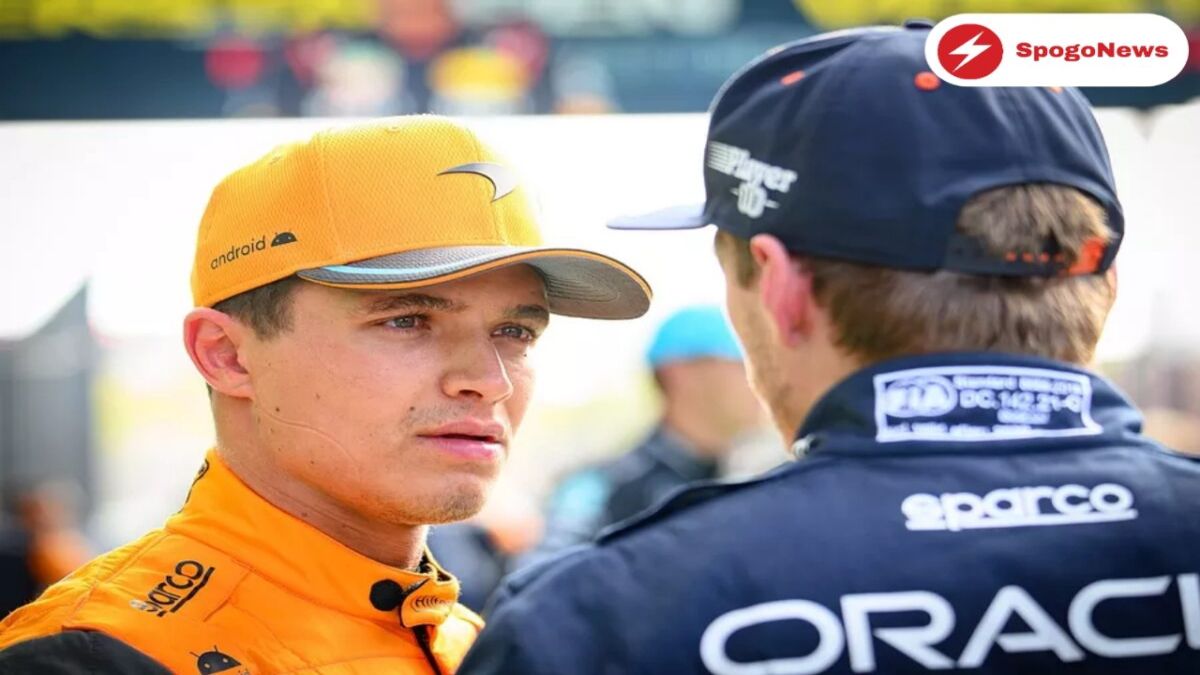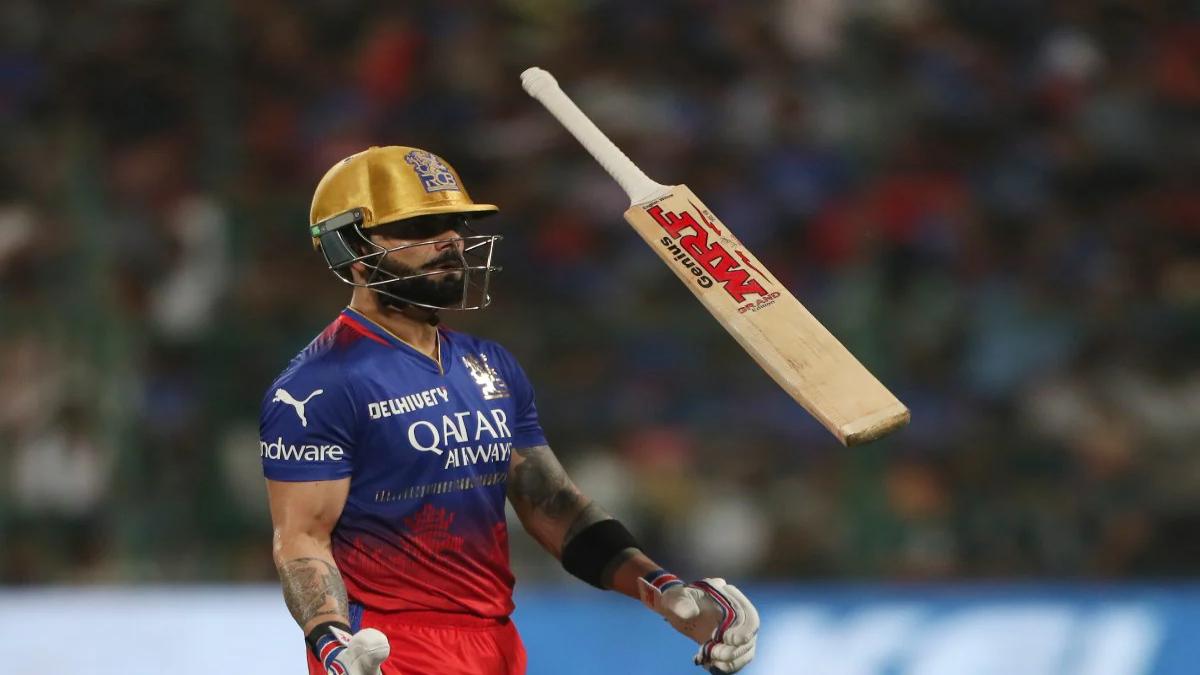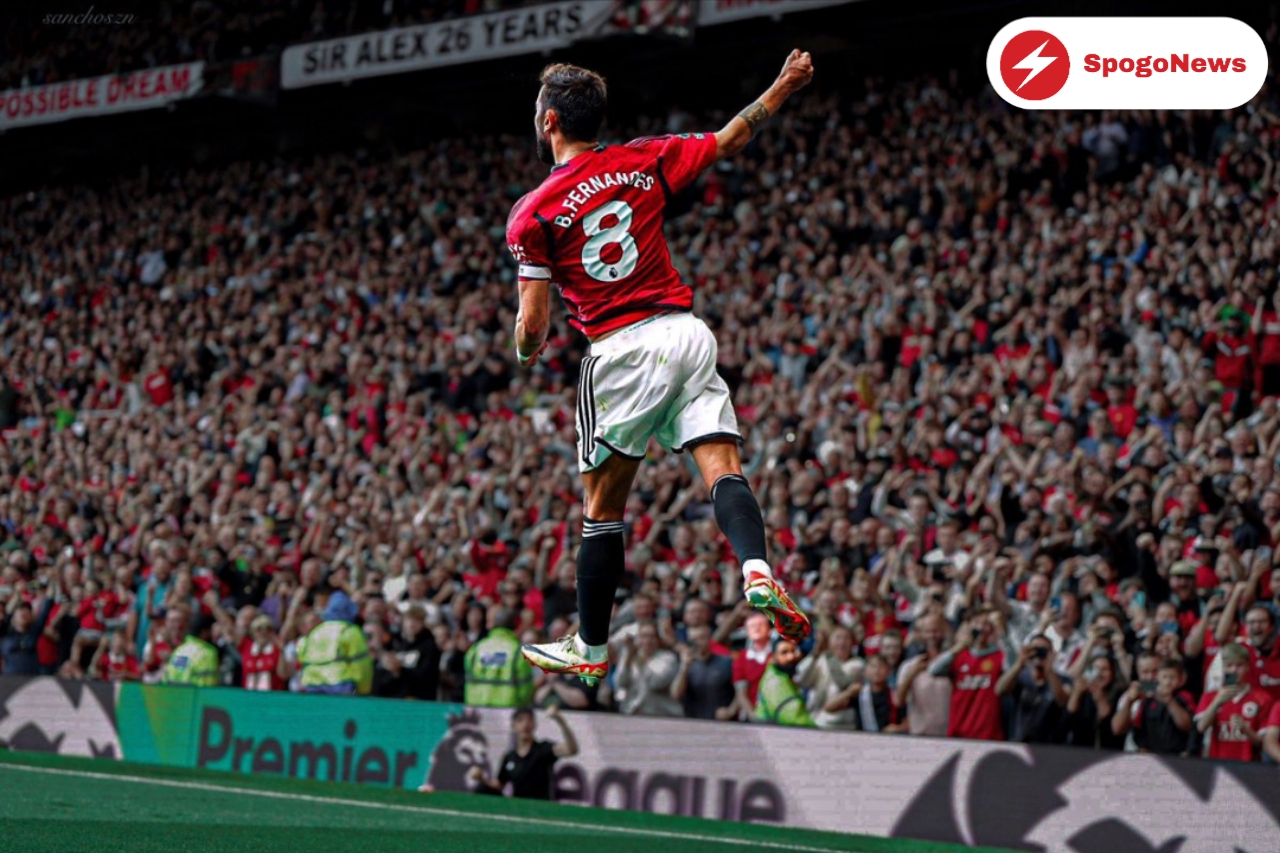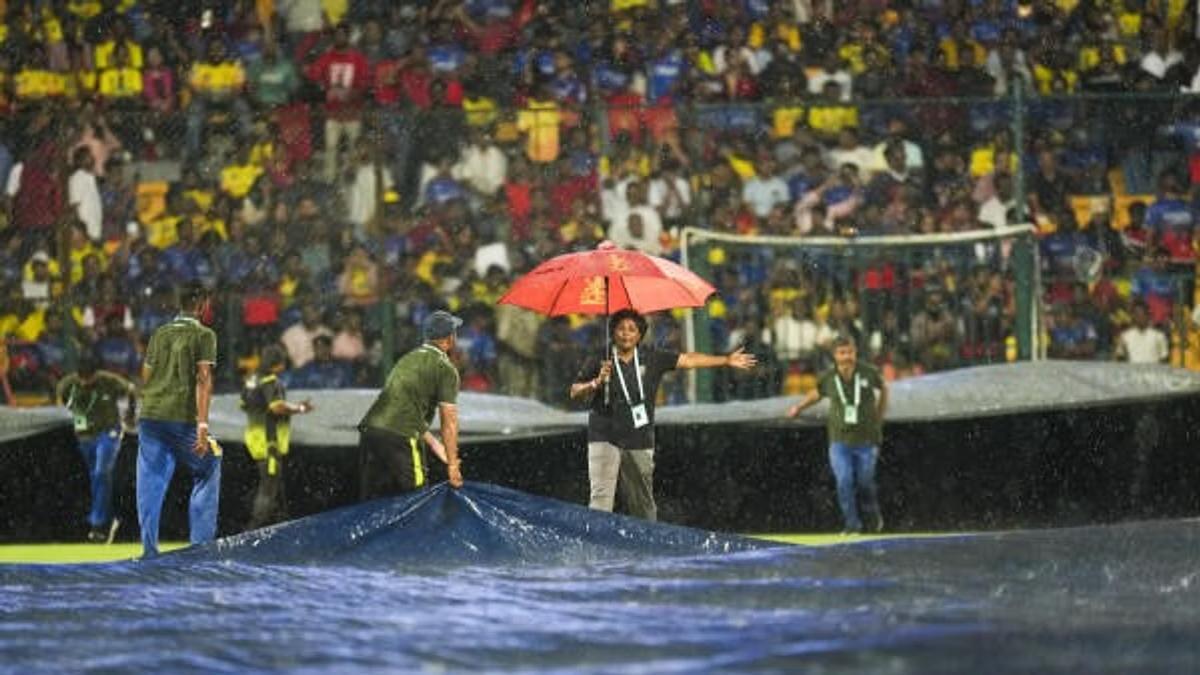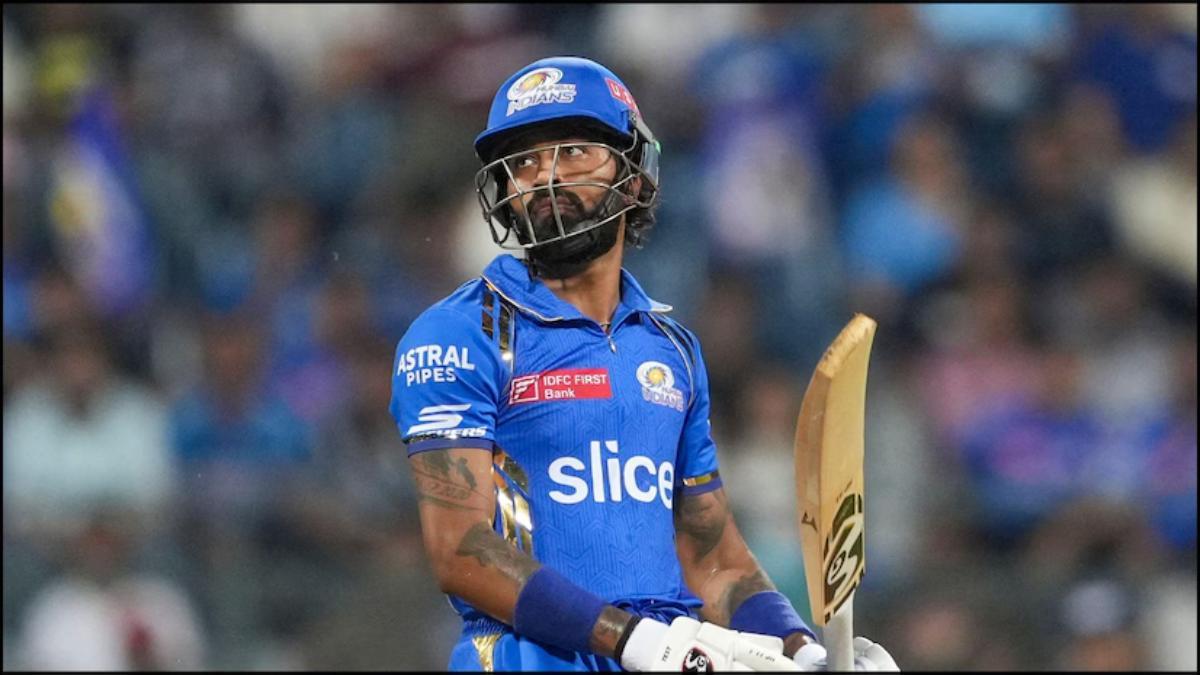(Motorsports news) Lando Norris had been even further ahead just twice this season—once at Spa before suffering a gearbox penalty and once in a dangerous wet shootout in Canada. Lando Norris was left to complete the first row and further emphasize McLaren’s turnaround when Charles Leclerc crashed and Red Bull teammate Sergio Perez lagged behind Verstappen’s 1 minute, 10.567 second lead. He edged off George Russell, a driver for Mercedes, to take second place.
Soon after rejoicing, however, Norris lamented “one of the worst second halves [of a lap] that I’ve done” while pointing out how infrequently Verstappen makes a mistake to leave the door open to competitors. He believed the driver “peaked” too soon after a “mega” start to his Q3 lap. The GPS data shows Norris was correct to exaggerate the beginning of his loop. Through Turn 7 of the 2.65-mile, 14-corner Zandvoort lap, the McLaren driver outran Verstappen. His first sector would turn out to be 0.037 seconds faster.
Verstappen carries 3.7 mph more into the Turn 1 braking zone than Norris, demonstrating the RB18’s straight-line efficiency once more, but Norris accelerates to the first apex of the turn 6.8 mph faster to draw 0.185 seconds ahead. The Red Bull battles back through the faster Turn 2 snake, but the papaya machine still holds a 0.083-second advantage.
Through the banking Turn 3, Norris then starts to regain his nearly 0.2-second buffer. The peak downforce improvements McLaren has made with its three-stage upgrade package are reflected in this quick pass into a tighter curve, similar to the first corner. But as Verstappen closes in, the Red Bull’s skill in straight lines once more shines through for the kinked and sloping straight that comes next. Till Turn 7, the margin is still in Norris’ favor at 0.069 seconds.
Verstappen is able to pass Norris because to his Turn 7 exit speed advantage of 5 mph. The two-time defending champion will lead going into the closing laps of Q3. But as they reach the identically lengthy, medium-speed Turn 8, the McLaren is just behind by 0.058 seconds. The significant vehicle changes have improved the MCL60’s peak downforce, but its mid-corner consistency is still a relative weakness. The team has seen during the season that the chassis struggles when the loads vary during longer turns and when the engine is off-throttle.
This resulted in Norris losing 0.141 seconds through Turn 8. Through Turn 9, the distance holds steady at 0.1s before doubling. It increases to 0.3s as it approaches the tight Turn 11 at the foot of the back straight. A driver error can account for this. Norris accidentally double shifts coming out of Turn 10. He shifts into fifth gear abruptly. He holds it before waiting for sixth rather than further losing out by shifting to fix this.
Verstappen pulls ahead of the competition by 0.433 seconds on the short run to the final banked double bend of the lap. While Norris reaches a higher top speed and makes the first apex here more quickly, as soon as the speeds surpass 153 mph, the RB18 is unstoppable. This contributes to Verstappen’s final 0.527-second advantage.Verstappen, on the other hand, pulls the paddle for fourth and avoids the 2000rpm loss. Verstappen is at times 7.5 mph faster on the run to Turn 11 as a result of this mistake.
Pole was out of reach, according to Norris and McLaren team manager Andrea Stella. Even without the double shift issue, the MCL60’s unreliable handling in longer corners and its disadvantage in straight-line speed compared to the RB18 were too much to overcome. Verstappen nevertheless aided himself by finishing with his perfect lap time. On his final flying lap in Q3, he pieced together his three personal best sectors (having run faster than anyone in S2 and S3). Norris did not maximize his chances on paper.
The data shows that he wasted 0.056 seconds, with his second sector going from 24.818 to 24.874 seconds. Norris might have returned a 1m11.048s and cut Verstappen’s lead to 0.481s had he replicated his earlier middle run. The elevated levels of track development at the dusty circuit are not taken into account, though, given the drying circumstances for qualifying.
Verstappen, Russell, and Perez, the Q3 competitors who completed a comparable and representative two-push-lap plan as Norris, discovered an average of 0.237s in the middle sector between their first and second flying laps. Although not a precise measurement, Norris’ lap time might have decreased to 1m10.811s if he had gained a little over two tenths in S2 as opposed to losing time. Theoretically, he would have closed the gap between himself and Verstappen to 0.244 seconds.
Also read: F1 team executives call for a “rethink” of the calendar and format to aid new drivers


